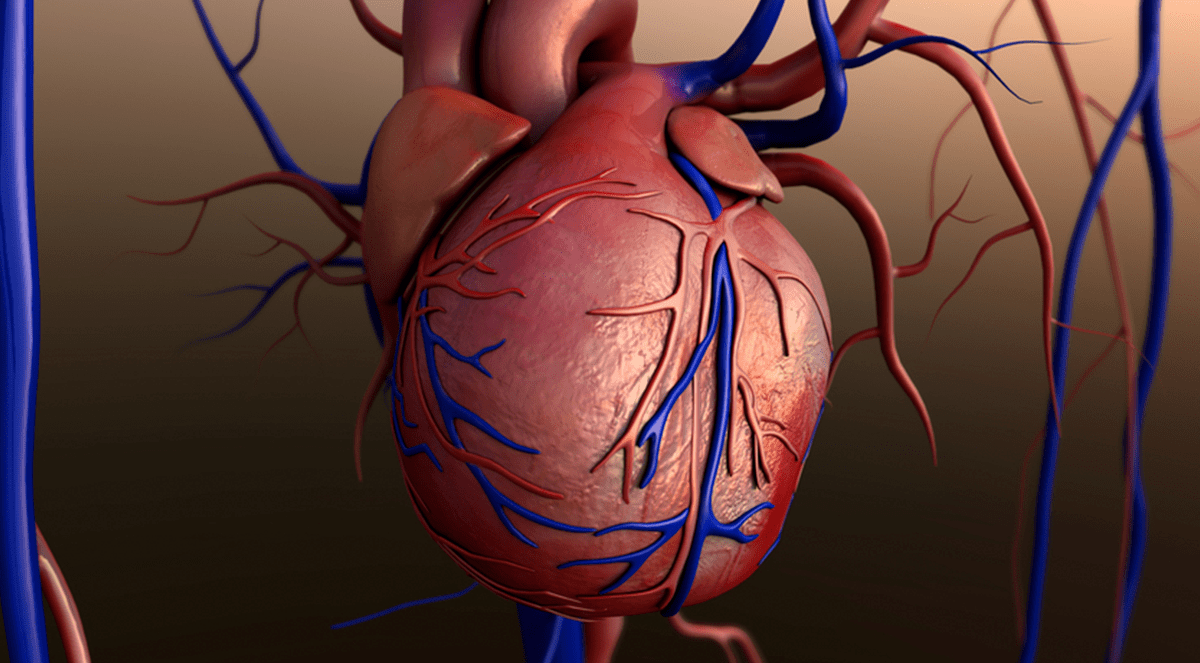The STICH Randomized Clinical Trial (Surgical Treatment for Ischemic Heart Failure) demonstrated that coronary artery bypass grafting (CABG) reduced all-cause mortality rates in patients with ischemic cardiomyopathy compared to medical therapy alone (MED) and reduced left ventricular function (ejection fraction ≤35%). For a study, researchers investigated the economic ramifications of these findings.
Using patient-level resource utilization and clinical data from the STICH trial, they constructed a decision-analytic patient-level simulation model to evaluate the lifetime costs and benefits of CABG and MED. During the study follow-up, patient-level costs were computed using externally obtained US cost weights to resource usage counts. Both future expenses and benefits were discounted at a rate of 3%. The primary outcome was assessing the incremental cost-effectiveness ratio in the US health care industry.
They projected 6.53 quality-adjusted life-years (95% CI, 5.70–7.53) and a lifetime cost of $140,059 (95% CI, $106 ,401 to $180,992) for the CABG arm. The equivalent estimates for the MED arm were 5.52 (95% CI, 5.06–6.09) quality-adjusted life-years and $74 894 lifetime cost (95% CI, $58,372 to $93,541). Compared to MED, the incremental cost-effectiveness ratio for CABG was $63,989 per quality-adjusted life-year. CABG was found to be economically advantageous compared to MED in 87% of microsimulations at a societal willingness-to-pay threshold of $100,000 per quality-adjusted life-year. Among the STICH study, in patients with ischemic cardiomyopathy and impaired left ventricular function, CABG was more cost-effective than MED at current value standards in the United States.
Reference:www.ahajournals.org/doi/10.1161/CIRCULATIONAHA.121.056276


